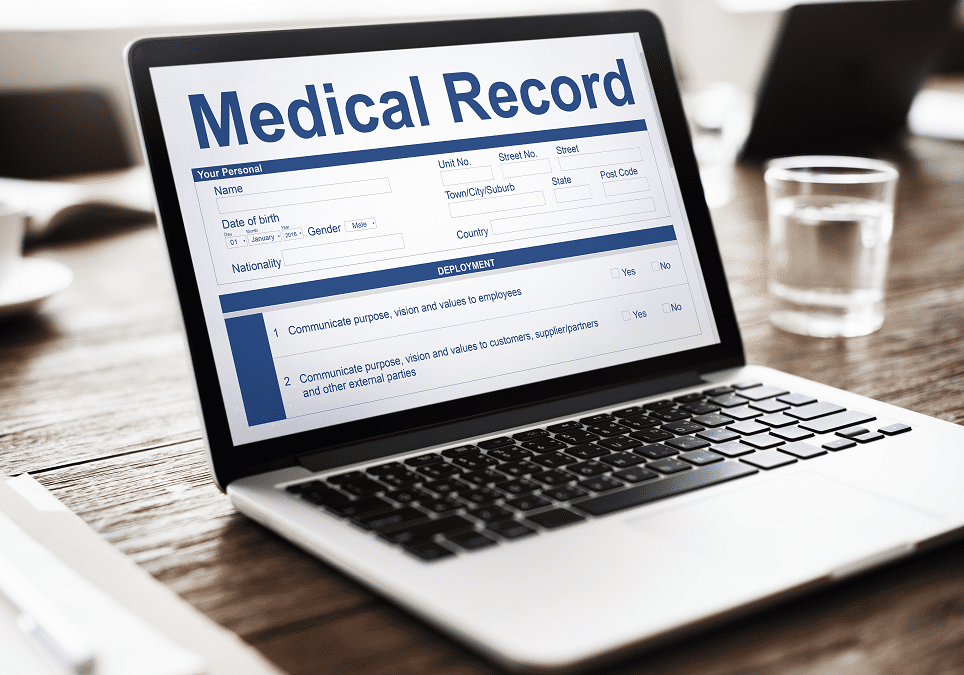When an individual seeks long term disability (LTD) benefits, they must submit “proof of loss” supporting their claim. This proof hinges significantly on comprehensive medical records, which serve as a foundational element in the application process. Obviously, no disability claim will be approved based on the say-so of the claimant. A key component of an application for disability benefits is the Attending Physician Statement. That is a form that must be completed by at least one of the benefit applicant’s treating doctors that explains the claimant’s diagnosis and limitations due to their medical condition or conditions. Insurers also want to know whether the treating doctor recommended that the claimant either limit their work or stop working altogether. Insurers are suspicious of claims where no such recommendation is made. This issue is especially important with respect to chronic conditions such as multiple sclerosis, for example. In LTD claims, a diagnosis alone is al
most never tantamount to proof of disability; instead, it’s the in-depth narrative and specifics in the medical records that play a decisive role in validating a claim. For conditions that progressively worsen, a key to a successful claim is often new symptoms or findings at or near the claimed disability date that the treating doctor can point to as the reason for a recommendation to cease working.
The attending physician statement is usually not enough to convince the insurance company to approve a claim, though. Insurers will request authorization to obtain the insured’s underlying treatment records to better understand the history and course of an illness. Medical records will also offer a better understanding of a claimant’s prognosis for improvement.
Learn About Our Long Term Disability Representation Services
Table of Contents
Medical Records Are Crucial at the Initial LTD Claim Decisions
Medical records, especially test results and clinical findings, are critical to a successful claim. The records give the disability insurer a better idea of how the diagnosis was reached, what treatment has been provided, the response to treatment, and whether the applicant’s condition has gotten better, worse, or remained static. For example, if the application for benefits is based on a spinal impairment, insurers expect to see radiologic evidence such as x-rays and MRI findings that provide an anatomic basis for the claimed disability. Using the same example, electrodiagnostic evidence such as an electromyogram (EMG) is critical in showing the presence of nerve damage. Attempts at treatment are also important – a disability insurer is highly unlikely to approve a disability claim based on a spinal impairment without evidence that conservative treatment such as potent drugs to control complained-of pain, physical therapy, and other non-surgical treatment has been tried without success.
Medical records may also contain notations about the claimant’s activities and/or restrictions. A note in the records that a benefit applicant has just returned from a vacation or participates in strenuous sports may be difficult to explain to an insurer. Some records also contain specific functional findings – for neurologic disorders such as Parkinson’s disease, specialist movement disorder clinics will usually note functional findings to track the progression of the condition. For any condition, though, medical records present a longitudinal picture of the claimant’s condition.
Insurance companies will either have in-house doctors or retain consultant physicians to review and summarize the medical findings and correlate those findings to whether restrictions and limitations claimed by the benefit applicant are supported. The more data that can be provided to support a disability claim, the likelier it is that it will be approved.
In addition, many disability benefit applications suffer from more than one condition. Perhaps no single condition is itself disabling, but the cumulative weight of the evidence documenting each of the disparate conditions can present a convincing mosaic that the combination of the claimant’s impairments supports approval of the claim for benefits.
Sustaining LTD Benefits Claims With Continuous Medical Evidence
Once a disability insurer approves a claim, the claimant needs to continue seeing their doctor(s) (unless no purpose would be served by ongoing visits such as a limb amputation) and amassing evidence to support an ongoing disability. While some diagnoses, such as amyotrophic lateral sclerosis (ALS) are expected to only worsen, until the insurance company is convinced that the claimant’s functional status is unlikely to improve, regular updates will be requested. Terms found in medical records that reflect a disability is almost certain to be permanent include maximum medical improvement, permanent and stationary, and stable and mature.
Despite the advent of patient portals such as MyChart®, patients are often unaware of the contents of their records, especially if the portal does not allow full access to all clinical records. It is therefore vital for patients who are receiving disability benefits to fully discuss their conditions and their symptoms, along with their limitations, at each visit. It is just as important to undergo whatever testing the treating doctor recommends on a timely basis.
When speaking with a doctor, especially a doctor with whom you have a long-term and trusting relationship, it is often tempting for the patient to say they are doing well without realizing that such comments may end up in the medical records from the doctor visit. Unless there has been improvement in someone’s condition, it is much better to explain exactly what is going on; and even if the patient is managing with their condition, the patient needs to point out that “managing” is well below the level of functioning the patient was at before becoming disabled. It is just as important to make sure the doctor understands from the patient how the patient believes their condition precludes them from performing their specific job or work in general, and to verify that the doctor agrees. The disability insurance company will highlight any note suggesting improvement or a lack of current symptoms as a reason to terminate benefits unjustly.
Test results, examination records and your treating physician’s ongoing evaluation and diagnosis of the objective medical evidence are just as critical following a claim approval as they were when the benefits were initially sought. The patient must never lose sight of how critical it is that the medical evidence needs to line up with the claimant’s symptom complaints.
What Common Mistakes Claimants Make in Medical Record Documentation?
A crucial aspect of a successful LTD claim is the meticulous documentation of medical records. However, claimants often inadvertently weaken their cases due to common documentation errors. Identifying and avoiding these pitfalls can significantly bolster the strength of a claim.
Inconsistent Reporting: One of the most common mistakes is inconsistency in symptom reporting. Claimants may underreport symptoms during some visits and overreport in others, leading to a record that appears contradictory.
Neglecting to Mention All Symptoms: Often, patients focus on their primary issue during doctor visits, neglecting to mention other ongoing symptoms. Each symptom, no matter how minor it may seem, can be relevant to your LTD claim.
Failing to Document Non-Physical Symptoms: Psychological symptoms, such as depression or anxiety, are frequently overlooked. These can be just as debilitating as physical symptoms and should be consistently documented.
Not Updating Records After Changes in Condition: It’s vital to keep medical records updated with any changes in your condition, whether it’s improvement or deterioration.
How Can Claimants Ensure Accurate and Complete Medical Documentation?
Ensuring the accuracy and completeness of medical documentation is key to substantiating the LTD benefits claim. Here are strategies to help claimants achieve this:
- Maintain Open Communication with Healthcare Providers: Be honest and thorough in discussing symptoms with your doctor. Don’t downplay your condition, but also avoid exaggerating. Accurate portrayal is crucial.
- Keep a Symptom Diary: Documenting daily symptoms and how they impact your life can provide a comprehensive picture of your condition. Share this diary with your healthcare provider to ensure it’s reflected in your medical records.
- Request Copies of Medical Records: Regularly review your medical records for accuracy and completeness. If you find errors or omissions, discuss them with your healthcare provider at your next appointment.
- Be Proactive in Follow-Up and Testing: Follow through with recommended treatments and tests. This not only shows your commitment to addressing your health issues but also provides a clear, documented track of your efforts and the results.
- Communicate the Impact on Daily Life: Ensure that your healthcare provider understands how your condition affects your daily life and work. This helps in creating a more comprehensive record that reflects the true extent of your disability.
While many disability claims can be handled by claimants without legal input, anyone applying for disability benefits or who has questions regarding an ongoing should consult with a lawyer who has knowledge of and experience with disability insurance coverage issues and familiarity with the type of information that needs to be included in medical records will help their client obtain the benefits they are entitled to receive. The lawyers at DeBofsky Law have that knowledge and experience and can assist with any aspect of the disability claim process.







